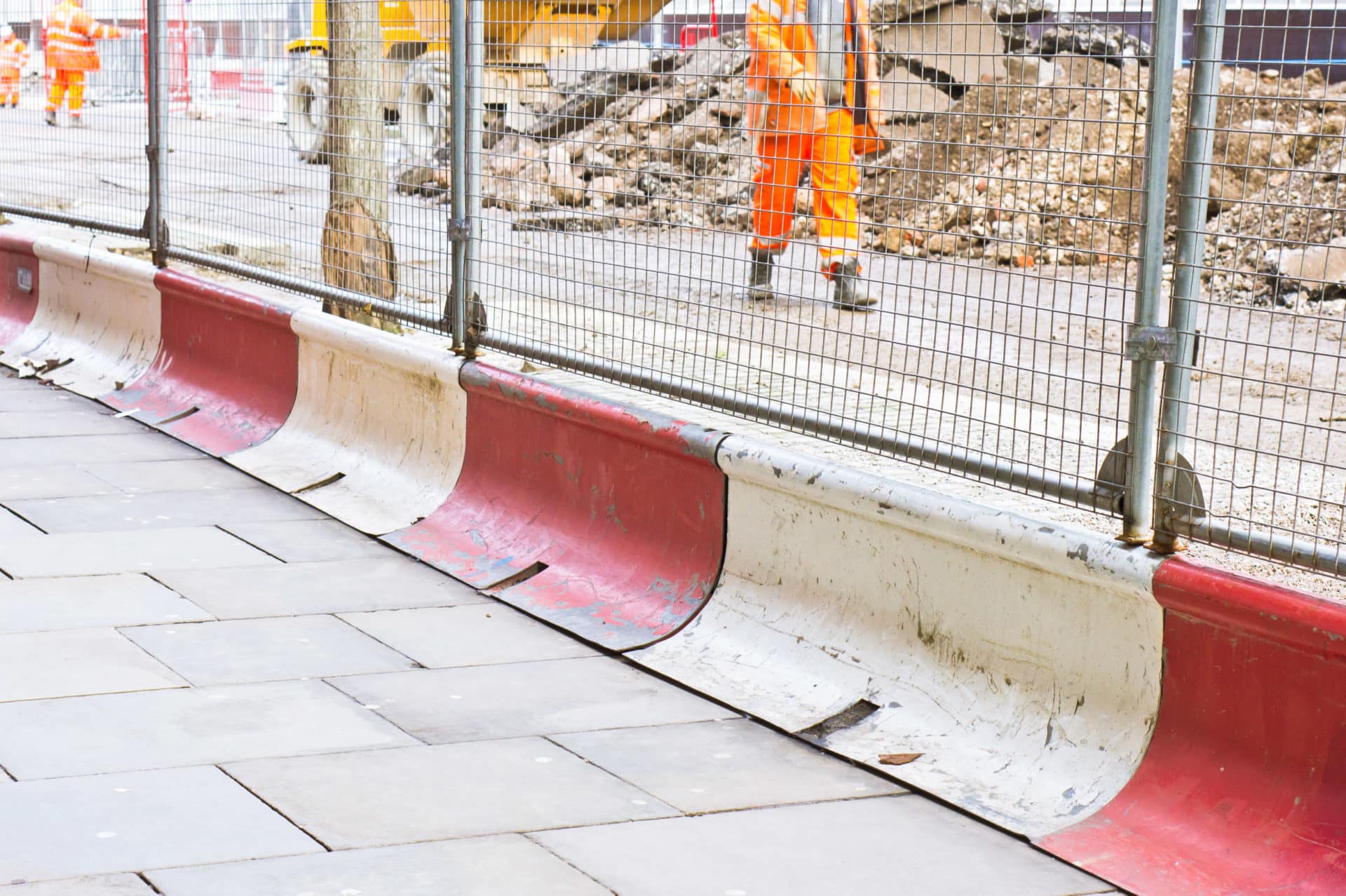Free Consultation
Free Consultation

New York never sleeps, and it never stops just for a construction project. As buildings are being built and renovated, New Yorkers are walking by, heading to work, and minding their own business. Unfortunately, these bystanders may be putting themselves in danger simply by being around a construction site.
When we talk about New York construction accidents, we often talk about workers as victims. However, countless bystanders have also been victims of injuries due to construction in the city.
If you were injured as a bystander in a New York construction accident, it’s important to reach out to a personal injury lawyer immediately. You may be able to receive compensation for your injuries.
Workers have to face unique risks when they climb on scaffolding or expose themselves to older buildings, but there are big dangers to bystanders as well while a construction project is underway. The following accidents may cause injuries to bystanders – whether or not they are aware of the construction happening around them.
Falling Objects
Falling objects cause 9.4% of all construction worker deaths, but workers are not the only victim of this danger. Construction material that falls from scaffolding or roofs can cause a lot of damage. Bystanders who are hit on the head may experience a traumatic brain injury (TBI) or even death. Even a stray nail can lead to serious injuries if it falls from a high distance.
Slips and Falls
If a work site is not properly cleaned up throughout the day, debris and material may drift onto the sidewalk or areas where bystanders are present. Slip and fall accidents do not sound serious, but they can cause injuries like broken bones, TBIs, or death. If sharp objects and materials are left around the area where a bystander slips, they may experience serious cuts or infections.
Exposure
Lead poisoning does not discriminate. Lead and other chemicals may travel far distances if they are not handled properly. This may not be harmful to someone who is swiftly passing by a site, but it should cause concern among nearby businesses or neighbors.
Construction sites that are near water sources or areas where food is produced may expose lead to water and food supplies for the area. If a bystander is exposed to toxic chemicals released by a work site, they may experience harmful symptoms.
Symptoms of lead exposure include:
These symptoms can be traumatic and costly, but they are not always detected until it is too late. Lead is invisible – unless bystanders are aware of their possible exposure, they may not think about the risks until they start experiencing symptoms.
Bystanders have as much right to compensation as construction workers. Just because you were not actively working on a site does not mean that you didn’t face risks. In fact, if you were not properly warned about the presence of dangerous chemicals or construction vehicles, you have even more reason to speak up.
Once you learn about your injury, start to collect as much relevant information as you can. What construction company was working on the site where you were injured? What time were you injured? Were workers present? What signage and warnings were around the site to warn you (or not warn you) of possible injuries?
An injury lawyer and your local city council may be able to find this information for you. If you were hurt in the past three years, the time to collect information and take action is now. Construction accident injury lawsuits in New York must be filed within three years from the date of the accident.
Injuries are costly. If you file a lawsuit and can prove that negligence on the construction site caused your injuries, you may be able to receive compensation for those injuries. Throughout the process of collecting information about your injury, remember the four elements of a negligence case. Ask yourself the following questions:
If you have been seriously injured due to the negligence of a construction site, do not let your injuries go unnoticed or untreated. Take action today.